How to shower
Taking a shower might seem pretty simple, but there are ways you could be doing it wrong. Even if you have the basics of soap and warm water set, here’s what you need to know—from how you scrub your scalp to what temperature you use—for an even better shower, according to dermatologists.
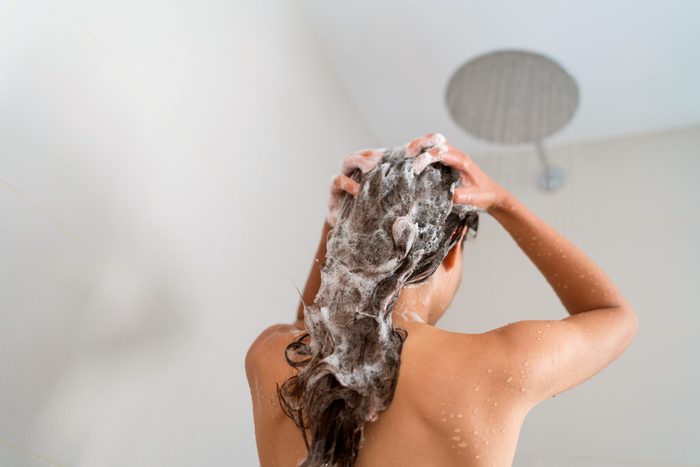
You scrub your scalp with your fingernails
A good scalp scrub can feel refreshing, but you’re actually doing more harm than good if you use your fingernails to wash your hair. “Your fingernails can scratch the scalp and even cause flaking,” says Sandy Johnson, MD, of Johnson Dermatology in Fort Smith, Arkansas. Instead, to properly wash your hair, use your fingertips to work up a lather. It’s also important to avoid aggressively rubbing strands of hair between your hands, which can damage it and cause split ends, she says.
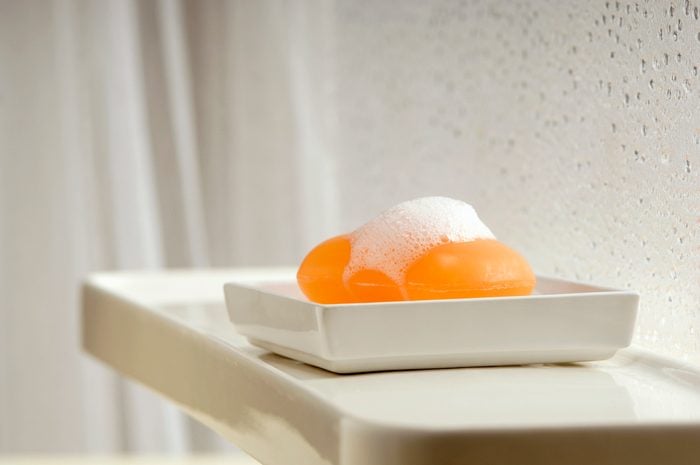
Your soap doesn’t contain any moisturizer
“Bar soap without any moisturizing agent, like many antibacterial deodorant soaps, can really dry out your skin,” says Mona Gohara, MD, of Advanced Dermcare in Danbury, Connecticut. Look for bars with stearic acid in the ingredient list or “moisturizing” advertised below the name, says Dr. Gohara. Check out the best bar soaps for every skin type.
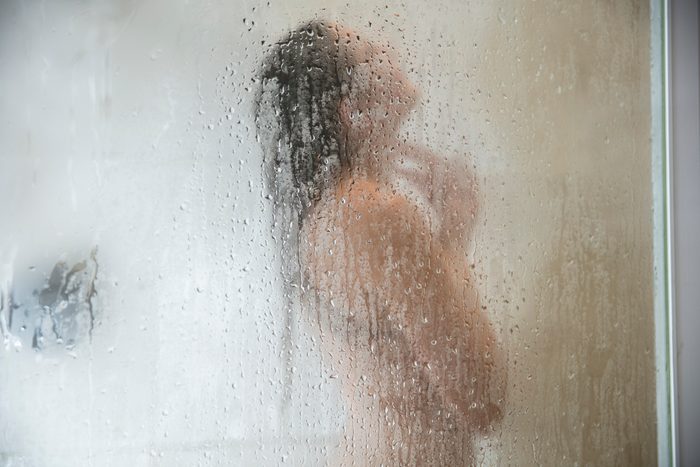
Your shower is too hot and too long
Nobody’s asking you to take a cold shower in the middle of winter, but don’t take a scalding hot one, either. “Showers, especially in winter, are way too hot and long. This strips your skin of natural oils and lipids that help trap water to keep it moist,” says Dr. Gohara. (Learn the other mistakes you make when showering in the winter.)
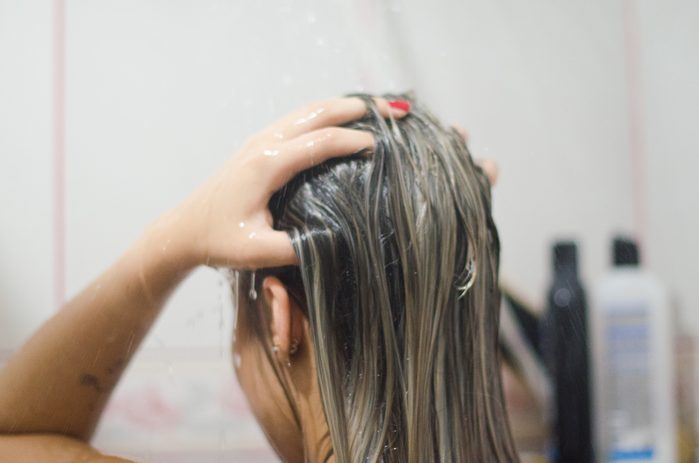
You don’t condition your scalp
Many people concentrate on spreading conditioner throughout the body of their hair while avoiding the roots. But Dr. Johnson advises conditioning the entire length of the hair, from root to tip. Conditioner hydrates the skin of your scalp, which helps prevent itchiness and flaking. (Here are 12 more everyday mistakes damaging your hair.)
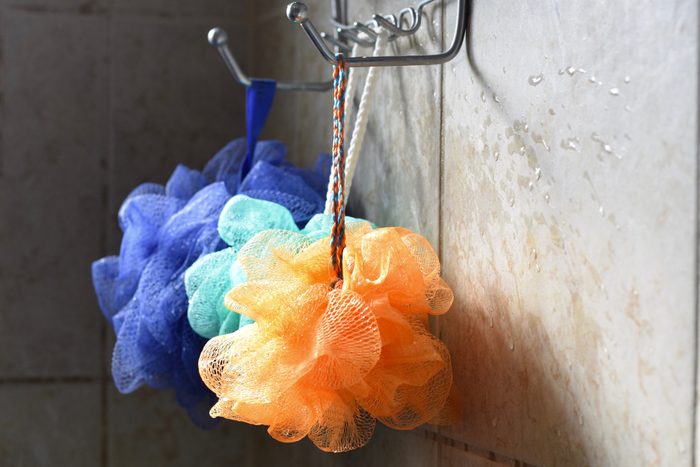
You scrub your body during washing
“People are too aggressive with loofahs and washcloths,” says Dr. Gohara. “Loofahs are terrible for scrubbing because they’re rough and can remove the skin’s natural protective barrier.” That’s one of the reasons why dermatologists never use loofahs. She recommends a cotton baby washcloth; gently glide it over skin with minimal rubbing. Dr. Johnson says using just your own hand is good enough, but urges people who must use a loofah or cloth to switch it out for a clean one regularly to avoid bacteria buildup.
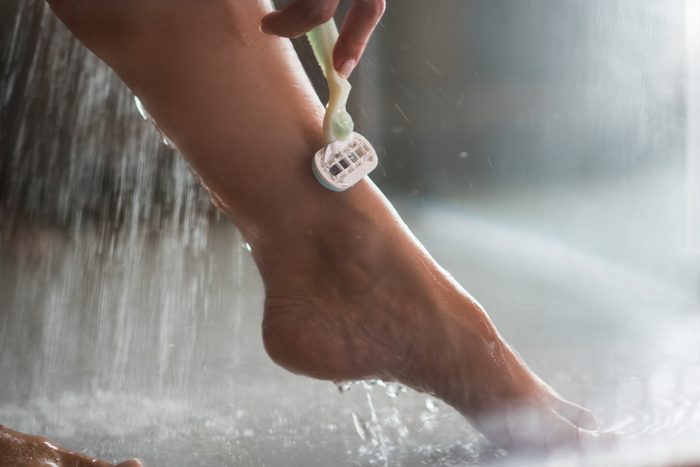
Your razor has too many blades
A four- or five-blade razor might give a close shave, but it can also damage your skin. “You actually cut into your skin when you shave, so the more blades you use, the worse off you are,” says Dr. Gohara. “To minimize trauma, a simple one- or two-blade razor is ideal.” Technique matters too. Dr. Gohara says to make sure to move the razor down and away from you, not up. Shaving up means you’re going against the grain, which makes you likelier to cut yourself. It also inflames the hair follicle, causing razor bumps. Be sure the area is well lubricated with soap or shaving cream for the smoothest and safest shave. That’s just one of the ways you’ve been shaving your legs wrong.
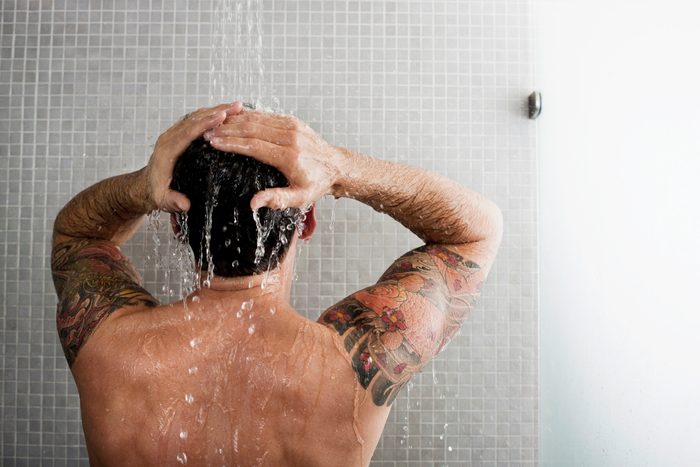
You don’t rinse well enough
It’s important to make sure all soap and hair products are completely rinsed off, Dr. Johnson says; lingering product can lead to skin irritation and clogged pores, which can cause acne. Prevent “back acne” (pimples on your back) by rinsing your hair with your head tilted to the side, allowing the shampoo and conditioner to run right into the drain and not down your back.
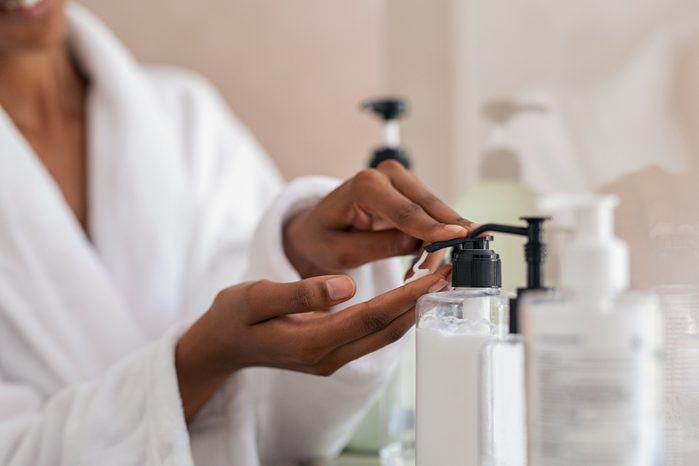
You wait to apply lotion
The best time to moisturize is as soon as you finish patting dry when your skin is still damp. “Make use of the ambient heat from the shower and humidity in the bathroom and put on moisturizer within minutes,” says Dr. Gohara. “Lotion soaks into skin best when it’s a little damp.”